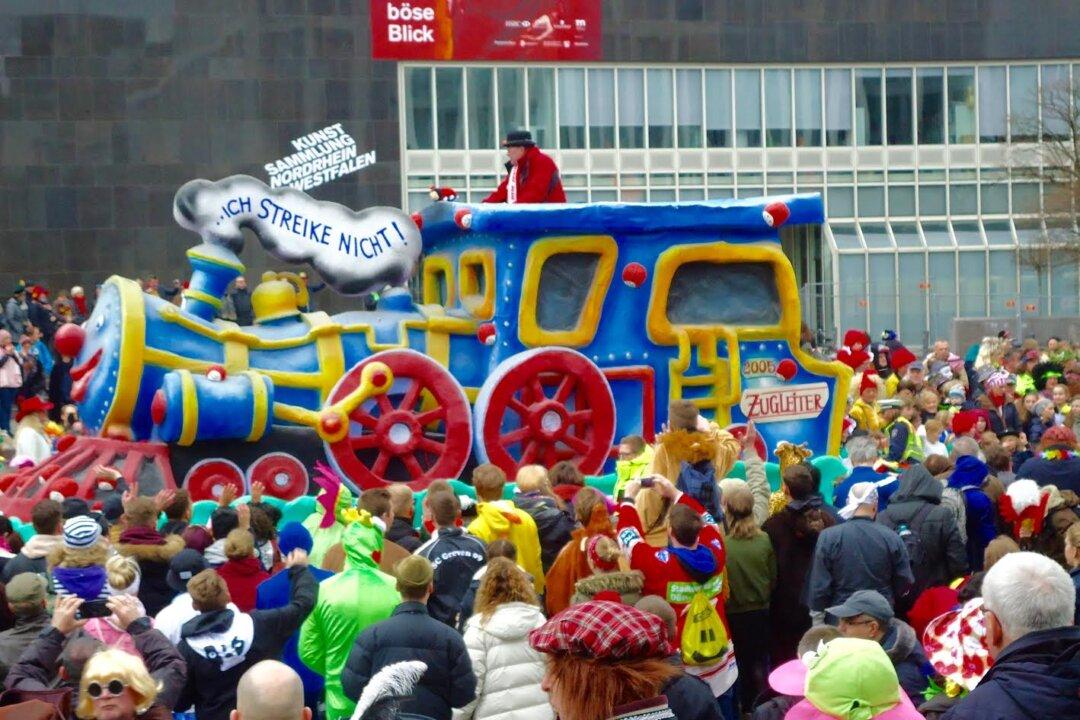I was in Finnmark, a province in Northern Norway 200 miles above the Arctic Circle. This was the launching point for the historic polar expeditions of Nansen and Amundsen in their attempts to be the first to reach the North Pole. It’s a harsh, unforgiving landscape with incredible scenery of pine forests and birch groves. The people who inhabit this land have learned to use every resource that nature provides.
Singing Sami
The reindeer herds were high up on the mountain, leaving the little Sami settlement of Mazé feeling strangely empty. But in the lavvo, Sami elder Johan Eira was singing his joik. Ten of us sat on reindeer hides, piled three deep, around a fire of blazing birch logs. The lavvo is a tepee very much like that of the Plains Indians of North America, wooden-ribbed and covered in heavy canvas. It’s the traditional dwelling of the nomadic Sami people, who for millennia have wandered the Arctic from Russia to Norway following the reindeer herds.The joik, or song, that Johan was singing, half-chant and half-yodel, was the way reindeer herders let each other know their location during herd migrations and a way of keeping prowling wolves at bay—a scary thought! But a joik is more than just a way of saying “Here I am.” As Johan explained, it expresses the singer’s mood and his feelings, and some songs are gifts composed and bestowed at birth by parents or grandparents.





